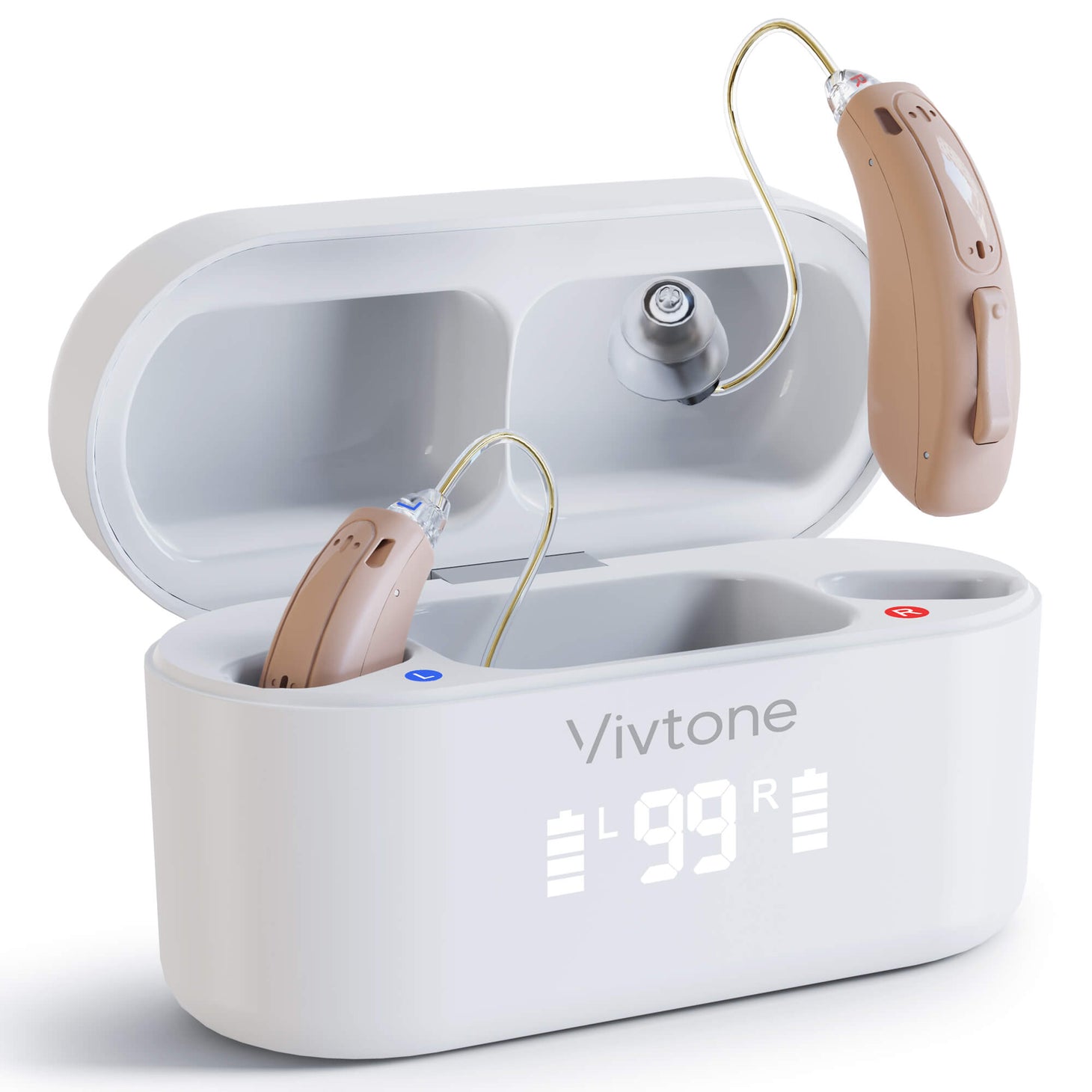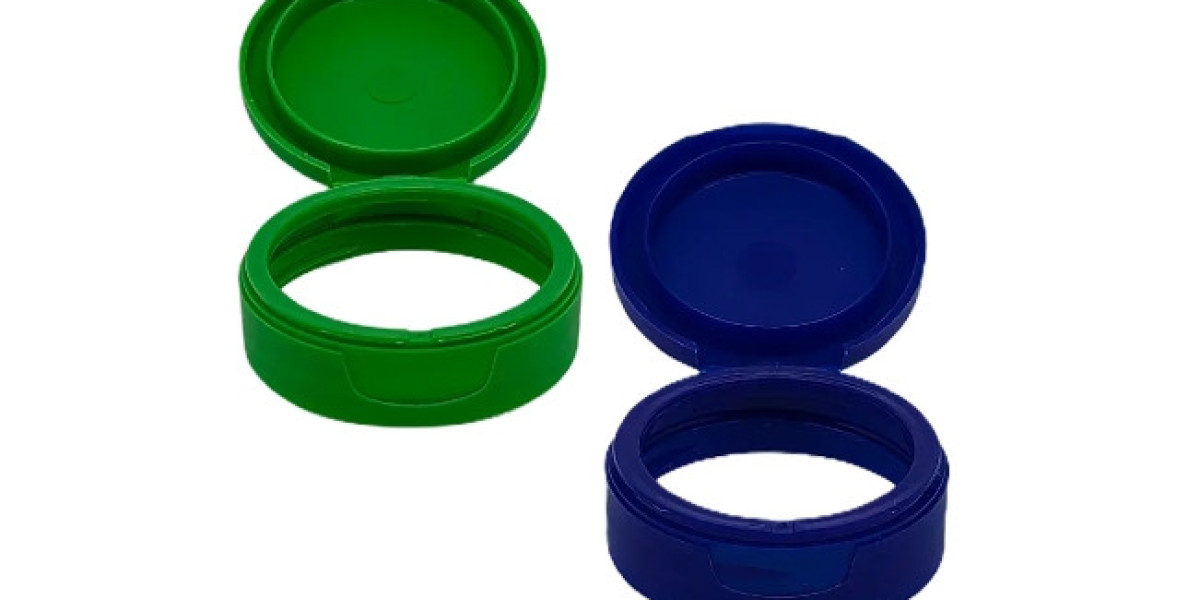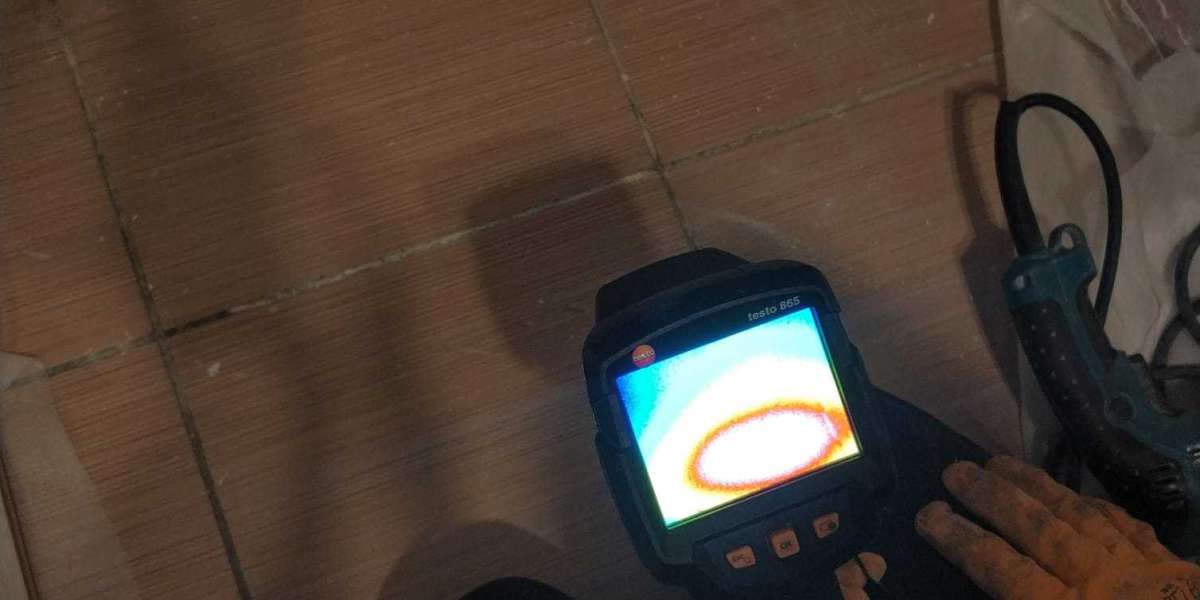Receiver-in-Ear (RIE) hearing aids have become increasingly popular in recent years due to their innovative design and advanced technology. These devices offer a range of benefits for individuals with hearing loss, but they also come with certain drawbacks. In this article, we will explore the pros and cons of using RIE hearing aids to provide a comprehensive understanding of these devices.

Advantages of RIE Hearing Aids
One of the primary advantages of RIE hearing aids is their discreet and comfortable design. The receiver of the hearing aid is placed inside the ear canal, while the main body of the device sits behind the ear. This makes RIE hearing aids less visible and more comfortable to wear, especially for individuals who are concerned about the aesthetics of traditional hearing aids.
Additionally, RIE hearing aids are known for their natural sound quality. By placing the receiver directly in the ear canal, these devices can deliver sound more effectively, resulting in a more natural listening experience. This is particularly beneficial in noisy environments, as RIE hearing aids can help individuals focus on speech and conversation without being overwhelmed by background noise.
Disadvantages of RIE Hearing Aids
Despite their numerous advantages, RIE hearing aids also have some drawbacks that should be considered. One of the main disadvantages is the potential for feedback or whistling sounds. Because the receiver is located in the ear canal, it is more susceptible to feedback when the volume is too high or when the device is not properly fitted. This can be a source of frustration for users and may require adjustments by a hearing care professional.
Another drawback of RIE hearing aids is their susceptibility to moisture and earwax. Since the receiver is placed in the ear canal, it is more exposed to moisture and earwax, which can impact the performance of the device. Regular cleaning and maintenance are essential to ensure that RIE hearing aids continue to function optimally.
Conclusion
In conclusion, RIE hearing aids offer a range of benefits, including discreet design, natural sound quality, and improved listening in noisy environments. However, they also come with potential drawbacks such as feedback and susceptibility to moisture and earwax. Ultimately, the decision to use RIE hearing aids should be based on individual needs and preferences, as well as guidance from a hearing care professional.
Final Thoughts
It's important to weigh the pros and cons of using RIE hearing aids before making a decision. While these devices have the potential to significantly improve the quality of life for individuals with hearing loss, it's essential to consider factors such as comfort, maintenance, and potential challenges. By staying informed and seeking guidance from professionals, individuals can make the best choice for their hearing health.








